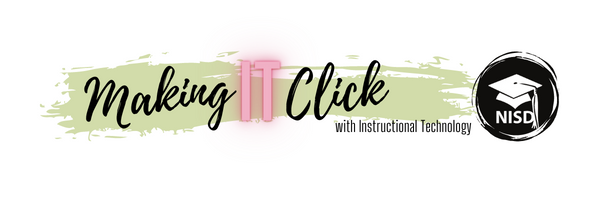If you could be any creature at all, what would you be? Which ink spreads the least in water? Can a flashlight be powered by the sun? Can water be purified through evaporation?
These were only a few of the questions that 5th grade scientists at Prairie View Elementary school answered through their own research and the scientific process. Their teachers, Mrs. Davidson and Mrs. Ward, challenged them with an Inquiry Project; Mrs. Davidson explained, “They created their own questions based off of personal interests, and followed through with gathering data, analyzing their data, and creating a presentation to show their results.”
Mrs. Davidson added, “We wanted them to learn to question something on their own”. They challenged students to think about how they approach a problem, and even how they would handle social situations, how people would handle money or respond to various circumstances. But most of all, they gave students choice. For their inquiry project, students could choose any topic that sparked inquiry: they could investigate something entirely new or ask a question that extended previous inquiries from their time in school. One of her students, Kaden shared, “I like that [the inquiry project is] a creative activity”, and that after this project, he “knows how to answer [his] questions”.
Following the steps of the scientific process through inquiry-based learning, students developed questions and hypotheses before performing research. Zephyr’s team was interested in conducting a social experiment. They wanted to know, given a few staple options, what food people would eat for the rest of their lives if that had to. He said, “We made a survey and asked the staff and 5th, 4th, and 3rd graders. We collected the data and looked at the pie chart… Surprisingly, most people prefer pizza.” Zephyr added, “It’s important to answer questions because we can learn”.
Both Mrs. Ward and Mrs. Davidson, co-teachers in math and science, highlighted how integral both math and science were to the processes students were tasked with completing. Mrs. Ward clarified, “You can’t do science without math, they’re married”. Student Davis made cross-curricular connections through this project, explaining that what he learned can be applied in other areas of his life. He made the connection talking about math and problems in general, “...first [I] look at the problem and then think about it. Then, get a solution. It’s the same as science.”
Ultimately, inquiry projects like this one offer students choice, but not at the expense of content knowledge or the skills students are developing through their own hard work. For example, one team learned the steps of the design process as a part of their inquiry. They wondered, “Can you clean water through evaporation?” To find the best way to measure their results, students had to design an evaporation system that would test their theory. They collaborated to created two different designs, tested each design to see which worked better, and tested their original hypothesis. Other group's experiments failed, but Mrs. Davidson stressed to them that failure is a part of learning and of the scientific process - failure is an opportunity, so they would present about what they learned through their failures.
A crucial aspect of this assignment was that students’ inquiry was driven by the end-goal of presenting their scientific findings to their peers and an audience. As students prepared to present, they had choice in how to showcase their findings. They created videos, posters, and traditional slideshows chalked full of tables and graphs; this autonomy and choice helped to foster their passion to share what they had learned. Students were even given the opportunity to present to an authentic audience at EXPO, the district’s student showcase. Student Davis excitedly shared that his team’s project was picked to present at EXPO, saying, “I did it last year and really liked it. I like getting up there and presenting.” His team made a video "...because it captured what the person was actually saying" Although he thought the video gave them more accurate data, he was quick to reflect on what he would change to improve his presentation before the event, explaining, "We are going to add subtitles".
Mrs. Davidson acknowledges that managing and guiding so many student-groups at a time can be challenging. A project like this requires teachers to step out of any traditional role, and into the role of facilitator. They have to be the supporter, to ask guiding questions, manage supplies, point students to resources for help, and all the while handling classroom management. To be successful, she explained that she gave her students a step-by-step checklist and detailed calendar of due dates and expectations at the start of the project. Mrs. Davidson -- a self-identified control freak -- points out that it's important to let go and let them do it. “Because it’s their own exploration, it’s high interest and high energy,” she stressed, “It’s worth the mess.”



No comments:
Post a Comment
Note: Only a member of this blog may post a comment.